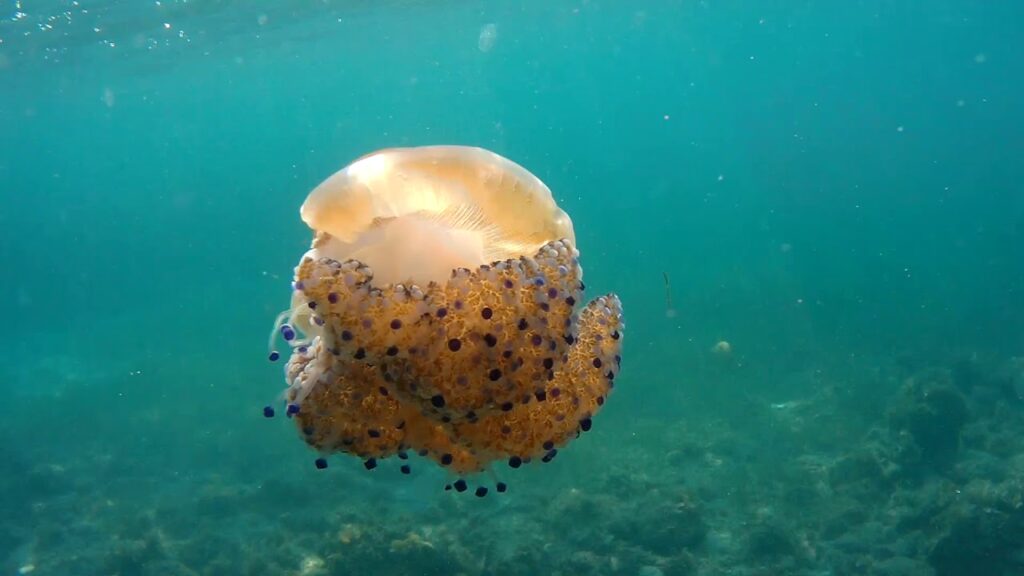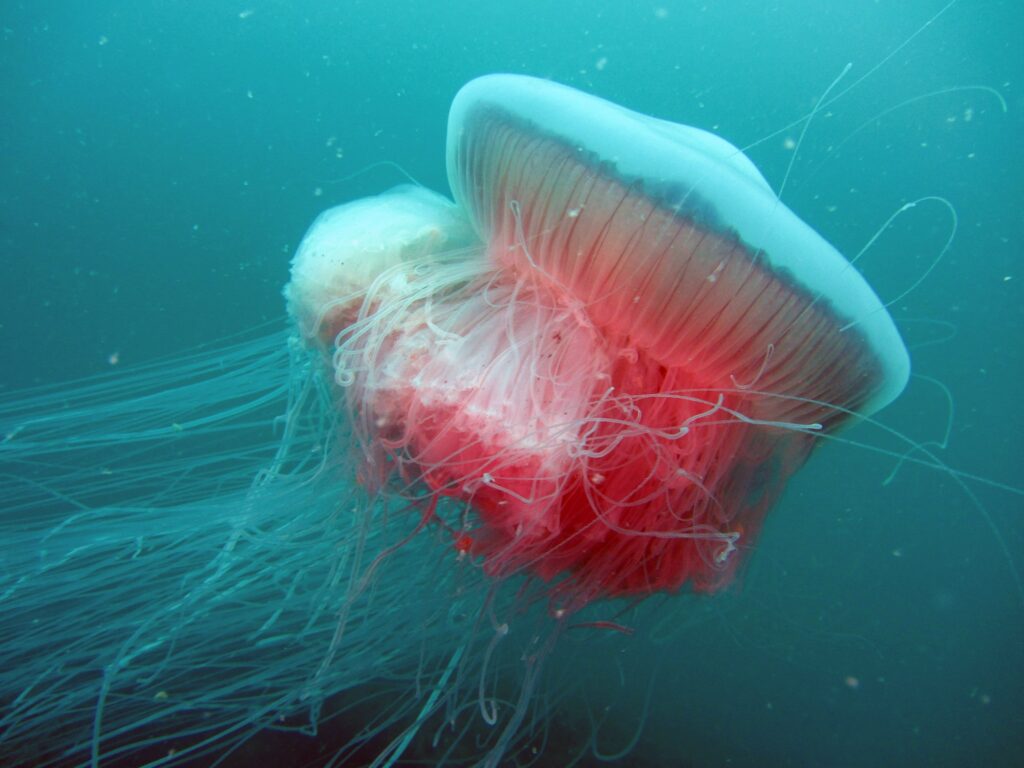Historical Spread of Jellyfish in the Adriatic Sea
The Adriatic Sea, a pristine and biodiverse stretch of the Mediterranean, has over the centuries witnessed changing patterns of marine life. Among the most intriguing inhabitants are the jellyfish. These graceful, gelatinous creatures have swum the waters of the world for over half a billion years, and the Adriatic is no exception.
Historical records, including ancient mariner logs and coastal town chronicles, suggest a consistent presence of jellyfish in this region. The unique salinity and temperature of the Adriatic, given its semi-enclosed nature and freshwater influx, have fostered a conducive environment for multiple species of jellyfish. This distinct ecosystem has allowed the “Jellyfish of the Adriatic Sea” to evolve and adapt over millennia, distinguishing them from their counterparts in open oceans.
Ancient artworks and artifacts discovered along the Adriatic coastline often depict these ethereal creatures, underscoring their long-standing significance in local cultures. It’s evident from these historical pieces that the people of the Adriatic have always been familiar with, and sometimes even revered, these marine dwellers.
Historical spread of jellyfish in the Adriatic Sea Over the centuries, shifts in the Adriatic’s ecological balance, driven by climate changes and human interference, have impacted the prevalence and dominance of specific jellyfish species. While some species that thrived in ancient times might have receded, others have emerged or increased in numbers, capitalizing on changing marine conditions.
In conclusion, the historical spread of jellyfish in the Adriatic Sea is deep and ancient. While the “Jellyfish of the Adriatic Sea” have seen their populations ebb and flow, their enduring presence is a testament to the sea’s rich and dynamic marine history.

Species of Jellyfish In the Adriatic Waters
The Adriatic Sea, with its diverse ecosystems and unique marine environment, is home to several species of jellyfish. These gelatinous inhabitants vary in size, shape, and color, making the Adriatic a fascinating study for marine biologists and enthusiasts alike.
Perhaps the most recognized among the “Jellyfish of the Adriatic Sea” is the Aurelia aurita or the moon jellyfish. Characterized by its translucent bell and four horseshoe-shaped gonads, the moon jellyfish is a frequent sight, particularly during warmer months. It possesses tentacles that, while capable of stinging, are generally harmless to humans.
Another noteworthy of species of jellyfish In the Adriatic inhabitant is the Rhizostoma pulmo, commonly known as the barrel jellyfish. Recognizable by its large size and bulbous shape, it is one of the largest species found in Adriatic waters. While its sting is also relatively mild to humans, its impressive size often garners attention from beachgoers.
The Pelagia noctiluca or the mauve stinger is a smaller, bioluminescent species that occasionally blooms in the Adriatic. Its name derives from its ability to emit light, creating an enchanting underwater spectacle. However, swimmers should exercise caution, as its sting can be painful.
Lastly, Cotylorhiza tuberculata, known as the fried egg jellyfish due to its distinctive appearance, adds to the vibrant tableau of the Adriatic’s marine life. Interestingly, it shares a symbiotic relationship with certain species of juvenile fish that seek shelter within its tentacles.
Over the years, shifts in climate and marine conditions have sometimes led to increased appearances of these species, emphasizing the importance of monitoring and understanding the behavior and distribution of the “Jellyfish of the Adriatic Sea”.
Species of jellyfish in the Adriatic waters a rich tapestry of jellyfish species, each with its unique characteristics, playing a vital role in the marine ecosystem. Their continued presence not only enriches the biodiversity of the Adriatic but also underscores the need for marine conservation efforts.

Conservation and Threats to Jellyfish of the Adriatic Sea
The Adriatic Sea, with its warm temperatures and unique marine biodiversity, has been a nurturing habitat for a variety of species, among which the jellyfish hold a special place. While they have persisted for millions of years, surviving various environmental shifts, the “Jellyfish of the Adriatic Sea” are now facing new challenges that could threaten their existence.
One of the primary threats to these ethereal creatures is pollution. The increase in maritime traffic, industrial activities, and coastal settlements has led to higher levels of pollutants entering the Adriatic waters. Plastics, in particular, pose a significant risk. Jellyfish often mistake plastic debris for food, leading to ingestion that can be fatal. The chemicals leached from these plastics further degrade water quality, affecting the overall health of the marine ecosystem.
Overfishing in the Adriatic is another concern. Removing large quantities of fish from the ecosystem can create an imbalance. Fish are natural predators of jellyfish, and their decline can result in unchecked jellyfish blooms. While some might see this as a boon for the “Jellyfish of the Adriatic Sea”, it is in fact detrimental. Excessive blooms deplete marine resources and can lead to a decrease in water oxygen levels, causing harm to other marine life.
Climate change, with its rising sea temperatures, also affects the life cycle and distribution conservation and threats to jellyfish of the Adriatic sea. Warmer waters can accelerate the growth rates of certain species, leading to more frequent and larger blooms. Additionally, it can introduce non-native species that might compete with or prey on indigenous jellyfish.
Despite these challenges, efforts are being made to protect the Adriatic’s marine life. Conservation programs are advocating for stricter pollution controls, sustainable fishing practices, and public education on marine ecology. Research initiatives are also focusing on the role of jellyfish within the marine ecosystem, aiming to enhance our understanding and inform conservation strategies.
Conclusion: conservation and threats to jellyfish of the Adriatic Sea, while the future poses certain challenges for the Jellyfish of the Adriatic Sea, understanding these threats and proactively addressing them can ensure that these captivating creatures continue to thrive in their native habitat.

